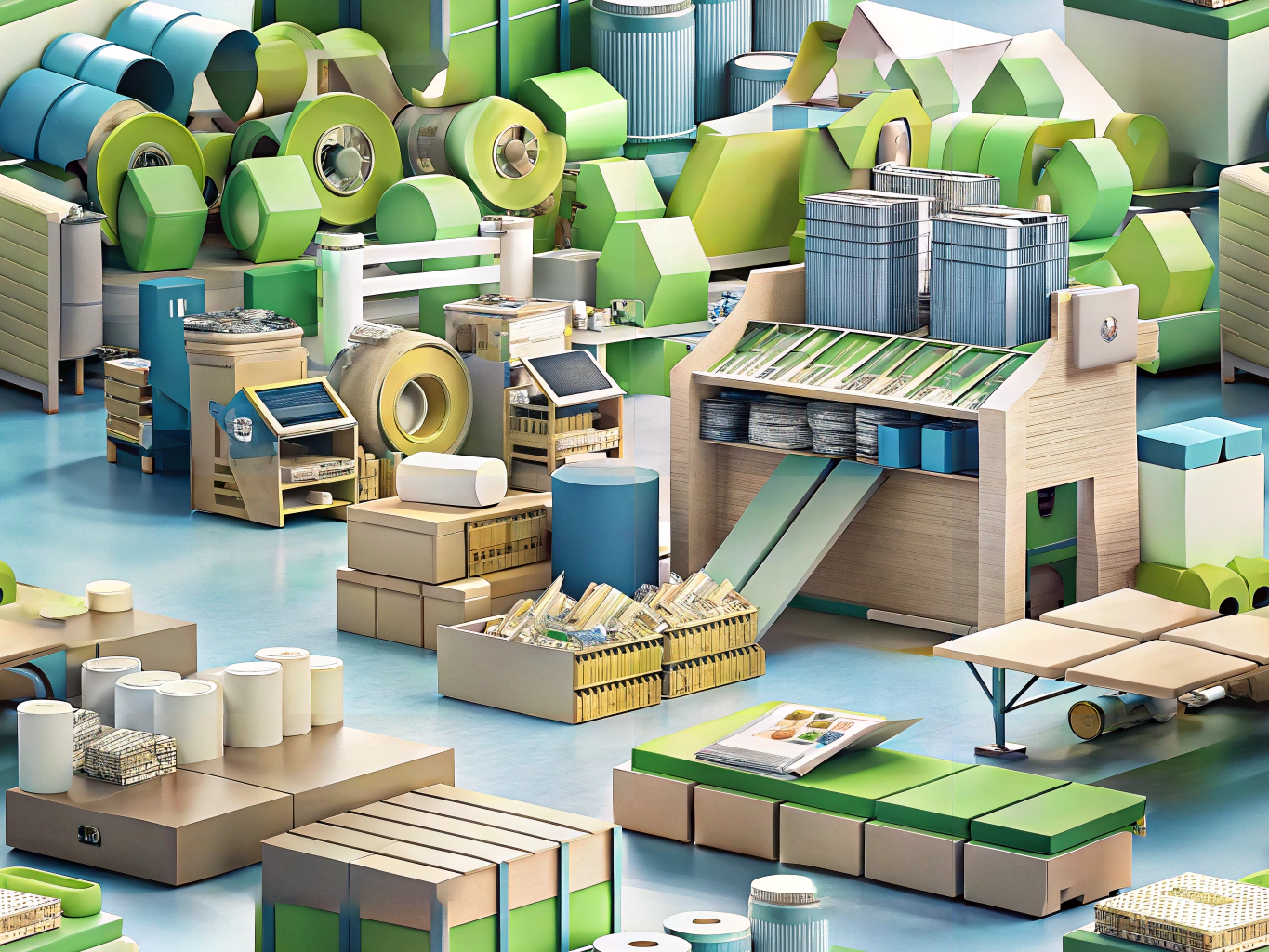The Role of Recycled Materials in Commercial Printing
Published on:
Author: Screenworks Team
Screenworks

In recent years, the commercial printing industry has seen a significant shift towards sustainability. One of the key drivers of this change is the increased use of recycled materials. This article explores the benefits and challenges of using recycled materials in commercial printing.
Benefits of Using Recycled Materials
Recycled materials offer numerous environmental benefits. By reducing the need for virgin resources, they help conserve natural resources and reduce energy consumption. Additionally, using recycled materials can significantly lower the carbon footprint of printing operations.
Challenges in Implementation
Despite the benefits, there are challenges associated with using recycled materials. These include potential quality issues and higher costs. However, advancements in technology are helping to overcome these challenges, making recycled materials more viable for commercial printing.
Case Study: Screenworks’ Sustainable Practices
At Screenworks, we are committed to sustainability. Our use of recycled materials in our printing processes is a testament to our dedication to reducing environmental impact while maintaining high-quality standards.
Future Outlook
The future of commercial printing is undoubtedly green. As more companies adopt sustainable practices, the use of recycled materials will continue to grow. This shift not only benefits the environment but also meets the increasing consumer demand for eco-friendly products.

